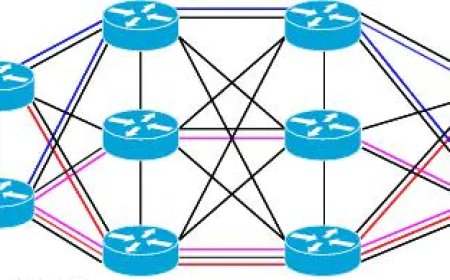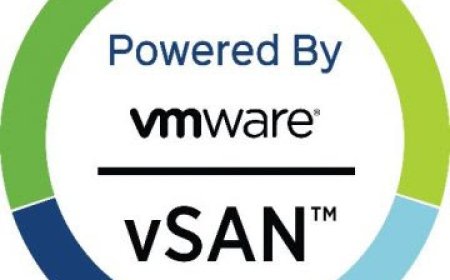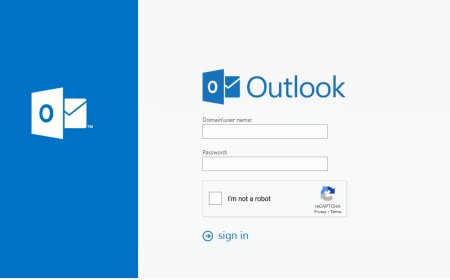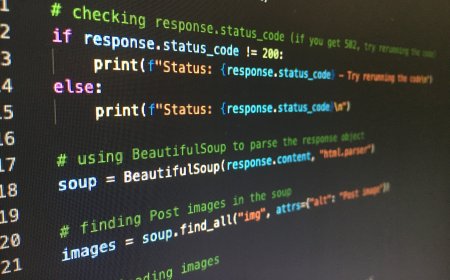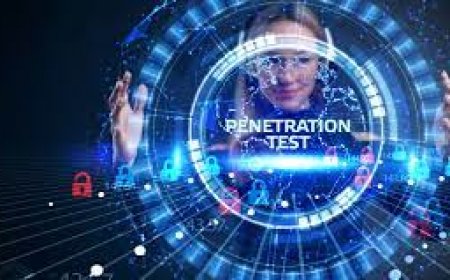Risk Management Explained
Risk management is the process of identifying, assessing, and controlling threats to an organization's capital and earnings. These threats, also known as risks, could come in the form of financial uncertainty, legal liabilities, strategic management errors, accidents, and disasters.
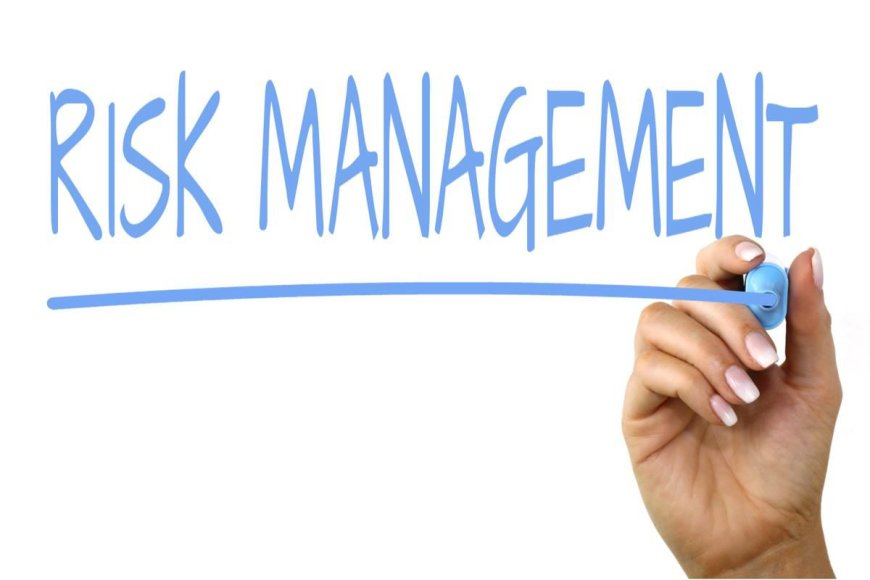
RISK MANAGEMENT
There are several key concepts in risk management:
- Risk identification: It is the process of identifying potential risks that could affect an organization. It is an essential first step in the risk management process, as it allows an organization to be proactive in addressing potential threats to its capital and earnings.
There are several methods that can be used to identify risks, including:
-
Brainstorming: This involves bringing together a group of people to identify potential risks. This can be done through a formal meeting or a more informal brainstorming session.
-
Checklists: This involves using a pre-defined list of potential risks to help identify risks that may not have been considered.
-
Scenario analysis: This involves creating hypothetical scenarios and considering the potential risks that could arise in each scenario.
-
Root cause analysis: This involves identifying the underlying causes of potential risks. This can be done through techniques such as the 5 Whys, which involves asking "why" repeatedly to identify the root cause of a problem.
It is important to involve people from different departments and levels of the organization in the risk identification process, as they may have different perspectives and be able to identify risks that others may not have considered.
-
- Risk assessment: It is the process of evaluating the risks identified in the risk identification process. It involves analyzing the potential impact of the risks on the organization, as well as the likelihood of their occurrence. The goal of risk assessment is to prioritize risks based on their potential impact and likelihood of occurrence, so that the organization can develop appropriate risk management strategies.
There are several factors that can be considered when assessing risks, including:
-
The potential consequences of the risk: This includes the potential financial, legal, or reputational impact of the risk on the organization.
-
The likelihood of the risk occurring: This involves considering the probability of the risk occurring and the potential frequency of its occurrence.
-
The potential impact of the risk: This involves considering the potential impact of the risk on the organization's operations, reputation, and financial performance.
-
The potential severity of the risk: This involves considering the potential severity of the consequences of the risk, as well as the potential impact on stakeholders.
It is important to be as objective and thorough as possible when assessing risks, as the results of the risk assessment will be used to inform the organization's risk management strategies.
-
- Risk control: It is the process of implementing measures to minimize or eliminate the risks identified in the risk assessment process. There are several methods of risk control, including:
-
Risk avoidance: This involves eliminating the risk by not engaging in activities that could potentially lead to the risk occurring.
-
Risk reduction: This involves implementing measures to reduce the likelihood or impact of the risk occurring.
-
Risk transfer: This involves transferring the risk to another party, such as through insurance or a contractual agreement.
-
Risk acceptance: This involves deciding to accept the risk and not taking any action to control it. This is typically done when the cost of implementing risk control measures is greater than the potential impact of the risk.
It is important to regularly review the effectiveness of risk control measures and make any necessary adjustments. It is also important to involve relevant stakeholders in the risk control process, as they may have valuable insights and perspectives on the most effective risk control measures.
-
-
Risk monitoring: It is the process of continuously monitoring identified risks and reviewing their status. It involves regularly reviewing the effectiveness of risk control measures and making any necessary adjustments. Risk monitoring is an ongoing process that should be integrated into the daily operations of the organization.
There are several methods that can be used to monitor risks, including:
-
Risk registers: This is a centralized document that tracks identified risks, the risk control measures implemented, and the status of those risks.
-
Key risk indicators (KRIs): These are metrics that are used to track the likelihood and impact of identified risks. KRIs can be used to trigger risk control measures when certain thresholds are met.
-
Risk reports: These are periodic reports that provide an overview of the status of identified risks and the effectiveness of risk control measures.
-
Internal audits: These are periodic reviews of the organization's risk management processes and controls. They can help identify any weaknesses or gaps in the risk management process and recommend improvements.
It is important to involve relevant stakeholders in the risk monitoring process, as they may have valuable insights and perspectives on the effectiveness of risk control measures.
-
Finally, by following all these steps, organizations can proactively address potential threats to their operations, reputation, and financial performance. It is important to involve relevant stakeholders in the risk management process, as they may have valuable insights and perspectives on the most effective risk management strategies.
What's Your Reaction?









